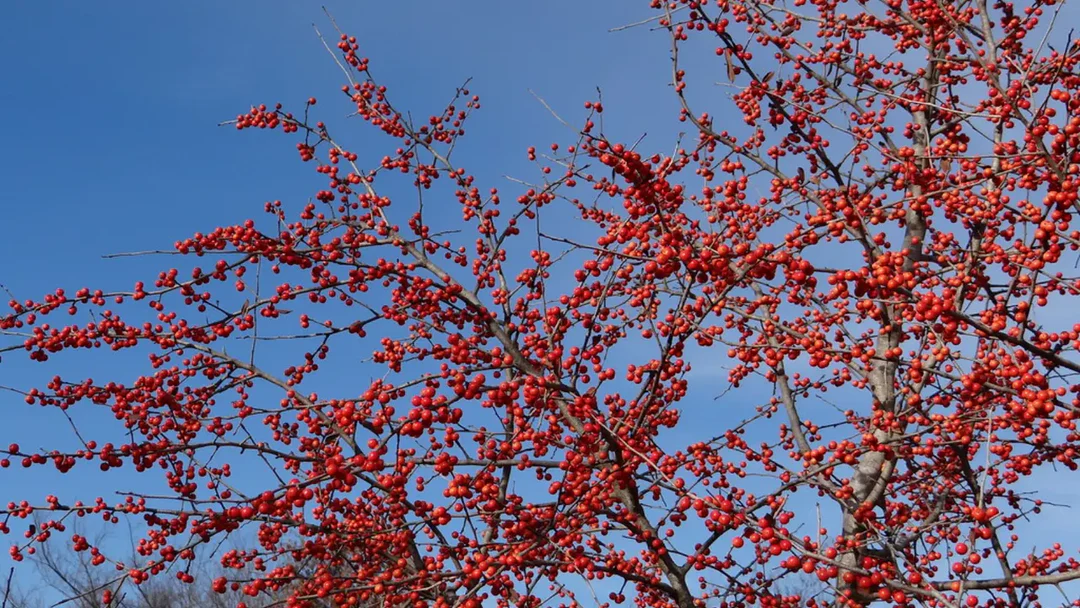How Do Green Milkweed Plants Benefit Texas Biodiversity?

Green Milkweed is a fascinating plant that is crucial to Texas’s ecosystem. Let’s explore how this vibrant plant contributes to the biodiversity in the Lone Star State and why its presence is essential for a thriving environment.
What is Green Milkweed?
Green Milkweed, scientifically known as Asclepias viridis, is a Texas native plant. Its vibrant green leaves and unique blooms make it recognizable in wildflower fields and prairies.
This perennial thrives in open areas with minimal vegetative competition, such as roadsides, ditches, and prairies. It exhibits intriguing characteristics like wavy leaf margins and clusters of white flowers that may show hints of rose or purple at their centers. A noteworthy feature of Green Milkweed is the sticky, milky substance it secretes when any part of the plant is broken. This substance closely resembles Elmer’s glue source.
Role of Green Milkweed in the Ecosystem
This plant is vital for the survival of various species, especially Monarch butterflies. It serves as a host plant, providing a nurturing environment for Monarch caterpillars to thrive.
Monarch butterflies rely on milkweeds not only as a breeding ground but also as their primary food source. The caterpillars feed on the leaves, absorbing toxins that make them less palatable to predators. By supporting such pollinators, Green Milkweed ensures the continuation of natural pollination cycles, which are crucial for maintaining the ecological balance.
Benefits to Other Species
Beyond butterflies, Green Milkweed also provides a habitat for other pollinators, such as bees and wasps. These insects are key players in pollination and contribute to plant diversity and health.
Pollinators such as the Black Swallowtail and Great Spangled Fritillary also visit these plants, enjoying the rich nectar. This relationship forms a biodiversity network where various species feed, inhabit, and cross-pollinate, enhancing the resilience of the ecosystem.
The interconnected nature of Green Milkweed with other local flora and fauna highlights its importance. For example, the nearby Butterfly Weed, another member of the milkweed family, provides similar ecological services, demonstrating the critical role native plants play in biodiversity.
Impact on Soil and Water Conservation
With their deep root systems, Green Milkweeds enhance soil structure and help prevent erosion. They also assist in water retention, which is crucial for maintaining healthy ground conditions in Texas’ varTexas’limate.
The roots also break up dense soil layers, promoting rainwater infiltration into the ground and effectively reducing the impact of droughts. By improving water retention and soil aeration, these plants support other native species and create a sustainable habitat for diverse organisms.
How to Promote Green Milkweed Growth
Gardeners and nature enthusiasts can plant Green Milkweed to bolster local biodiversity. Choosing native plants improves ecosystems and provides food and habitat for wildlife.
Consider planting Green Milkweed alongside other native species, such as the Butterfly Weed, which you can find in our Native Gardeners collection. This beautifies your garden and creates a pollinator haven, enhancing your local ecosystem.
For more insights on incorporating native plants like Green Milkweed into your garden, our Garden Blog offers tips and advice on landscape design, focusing on Texas native flora.
The Importance of Green Milkweed in Texas
Green Milkweed is more than just a pretty plant. It is a pillar of biodiversity in Texas, supporting insects, animals, and the entire ecosystem. Protecting and promoting its growth ensures the prosperity of these natural inhabitants and showcases the interconnectedness of life.














Leave a comment